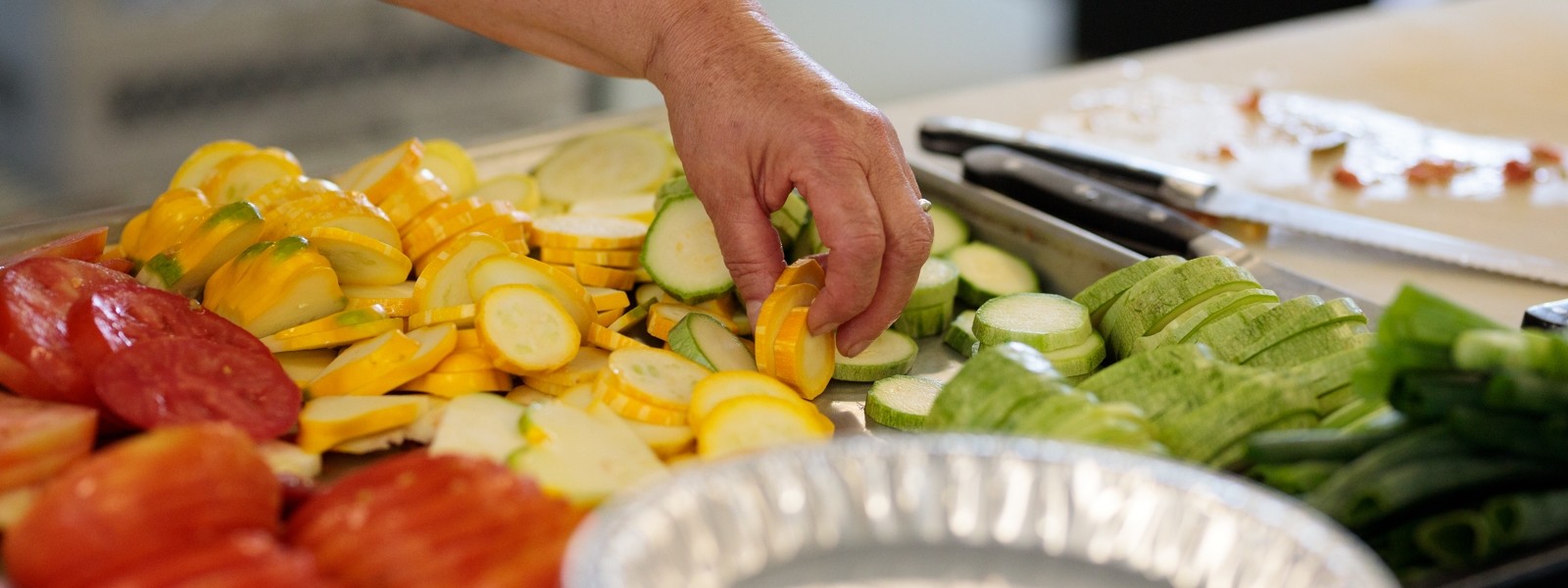Potatoes: Storage Tips
Storing food in small amounts is easy, but in larger quantities it can be tricky in our increasingly energy efficient homes. Here are some tips for storing potatoes.
Storage Conditions A dark place that is 38-42 degrees Fahrenheit and 80 - 90 percent humidity is perfect. Common places that work well are a basement (away from the furnace), garage, root cellar, or a dark and cool closet or kitchen cupboard close the floor. A refrigerator is too moist, and exposed to too much light for long term storage purposes, but will do just fine for the short term.
How to Pack Them Do not try to store potatoes that are nicked, sliced, or bruised. Eat those first. Potatoes store longest if they are unwashed. After harvesting from the garden, lay them out in a single layer in a dark and airy place to let the soil dry on to the tuber. Lightly brush off excess dirt before you pack them. Pile dry, unwashed potatoes in a clean wooden or waxed cardboard bin. Pack washed potatoes a few layers deep in a clean wooden or waxed cardboard bin.
While in Storage Whether washed or not, check/cull the storage potatoes often, removing any rotting potatoes and using up any that begin to show signs of softness or bruising.
How Long They Last Usually potatoes stored at an even temperature, and culled often, will last through March. They are still good to eat, for mashing or in soups, if they are soft. Once they start growing compost them, or replant them!
Other Tips Packing an apple or two in with the potatoes will keep them firmer for longer and will prevent sprouting. Try to keep the storage temperature even, fluctuating temperatures will encourage rotting and/or sprouting.
A Note on Storing Food Storing food in small amounts is easy, but in larger quantities it can be tricky in our increasingly energy efficient homes. Small amounts of things that like it moist like greens, roots, and tubers can be stored in the refrigerator, and things that like it drier like onions, garlic, and winter squash can be stored on the counter top. When trying to determine the right place in your home to store a box or boxes of produce, a good place to start is by monitoring temperatures in your home. Get a bunch of thermometers and place them in closets, hallways, and the places that are generally dark and have mostly even temperatures. Chart those temperatures through a winter before you get too serious about storing food.
Learn about storing greens, potatoes, carrots, beets, parsnips, and similar roots, onions and garlic, and winter squash.
photos: CCF staff

